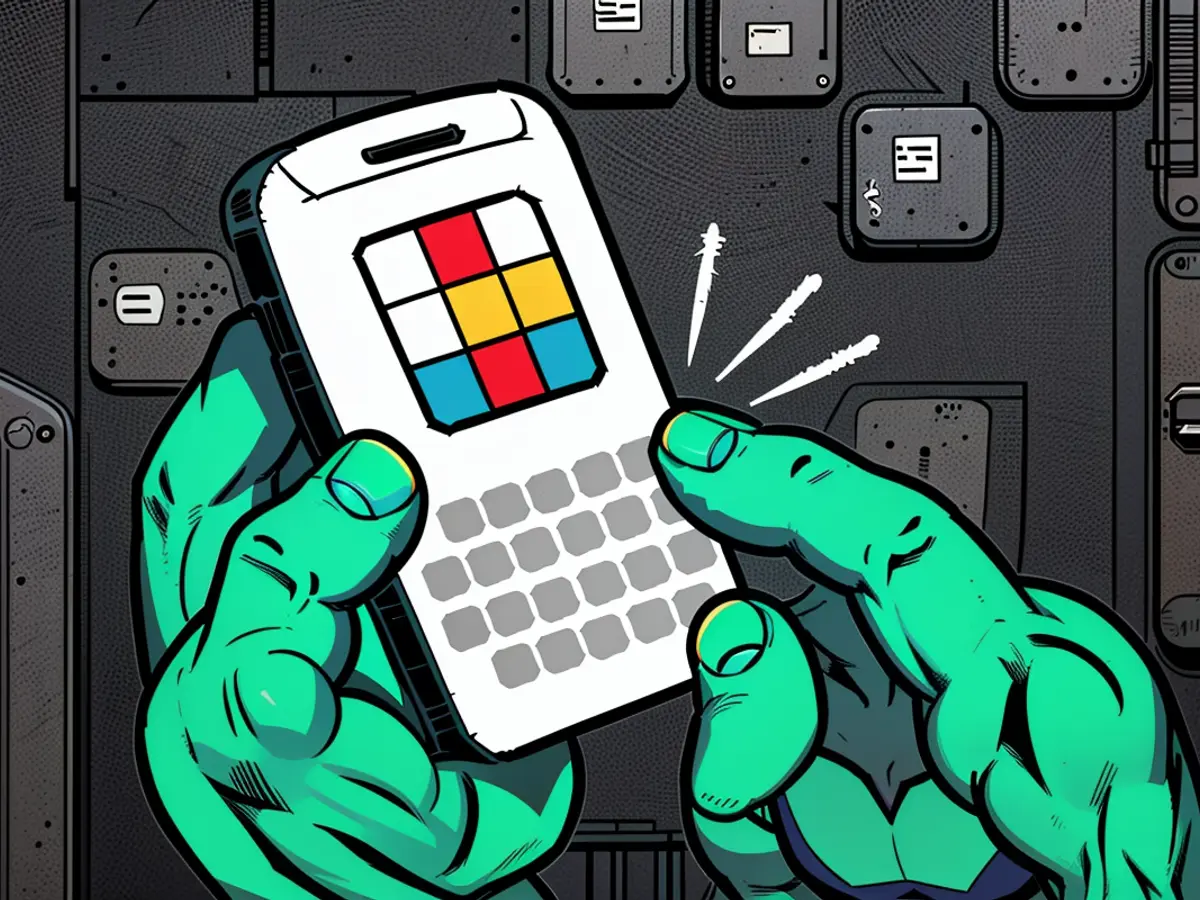Warning: Beware of the Latest ING Bank Scam
Consumers need to be on high alert for a new scam targeting ING Bank customers. The scam begins with an email informing potential clients that the Bank-to-Go app is outdated. Clients are then encouraged to update the app through a provided link, which leads to fraudsters.
Spotting Phishing Emails
Phishing attempts like this one are easy to identify. Here are some indicators:
- Indirect greeting: The email may not address the recipient by name, instead using generic greetings like "Dear client."
- Structure: Check the language and grammar. Phishing emails often contain spelling and punctuation mistakes.
- Sender's address: Verify the email address. Legitimate emails should come from the bank's official domain.
- Absence of the sender's name: Check for a signature at the end of the email. Fraudsters often omit this to further disguise themselves.
Consequences of Clicking
Clicking on the link in the email can have serious consequences. You may download malware, revealing your personal information to the fraudsters. To avoid falling victim to this scam, remember the following:
- Never click links or download attachments from suspicious emails.
- Do not respond to such emails.
- Contact your bank directly if you have any doubts or concerns.
ING's Security Promise
ING Bank offers a security promise. If third parties unlawfully use your access data to internet banking or the Banking to go application, the bank will compensate for any financial losses.
Protecting Against Phishing Attempts
To protect yourself from phishing attempts, follow these steps:
- Verifying Sources: Always check the sender's email address. Phishing emails often use spoofed addresses.
- Mouse Over Links: Before clicking on any link, hover over it with your mouse to see the actual URL. If it looks suspicious, do not click.
- Using Banking Apps: Avoid entering your banking credentials or personal data through a web browser on your smartphone. Instead, use the official banking app.
- Activating Two-Factor Authentication (2FA): This adds an extra layer of security to your account.
- Regularly Updating Software and Apps: Ensure your devices and banking apps are updated with the latest security patches.
- Using Antivirus Software: Install reputable antivirus software to protect against malware.
- Monitoring Accounts: Regularly review your account statements for any suspicious transactions.
- Reporting Suspicious Activity: If you suspect you have fallen victim to a phishing attempt, contact your bank immediately.
- Educating Yourself: Stay informed about the latest phishing tactics and how to identify them.
- Using Secure Passwords: Choose strong, unique passwords for all accounts and avoid using the same password across multiple services.
- Reporting to Authorities: File a report with the police if you have been a victim of identity theft or phishing.
By following these steps, you can significantly reduce the risk of falling victim to phishing attempts and protect your financial information. Stay vigilant and always double-check before taking any action.







